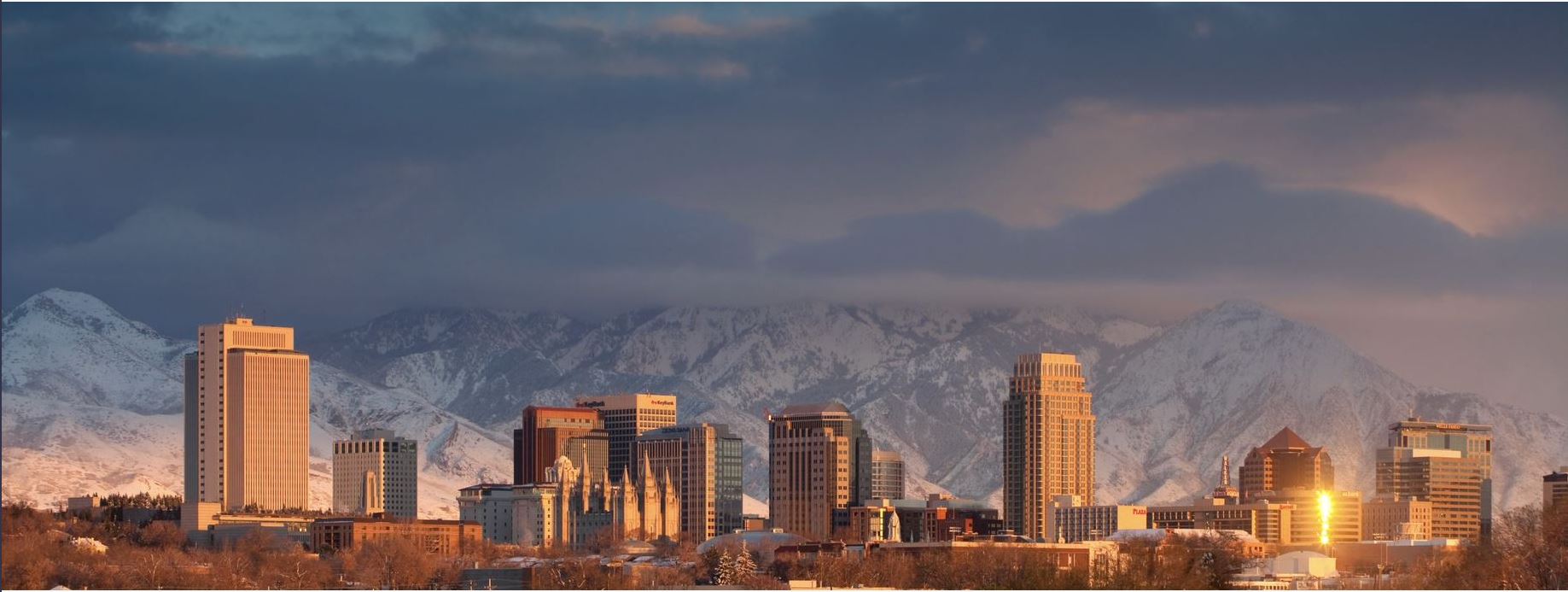
Homeless Services Dashboard
If you or someone you know needs shelter call 801-990-9999 to be connected with an intake specialist.
For all things up to date about homelessness in the City, please visit: https://www.slc.gov/homelessness/

For all things up to date about homelessness in the City, please visit: https://www.slc.gov/homelessness/